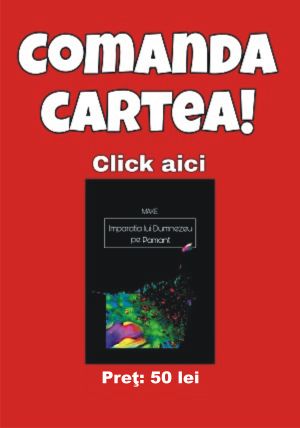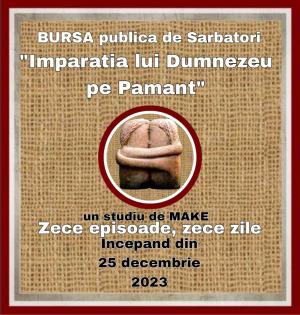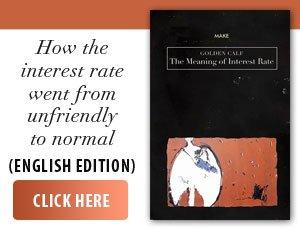A team of researchers in Colombia announced the identification of a previously unknown human ancestral lineage after sequencing DNA from bones about 6,000 years old. The remains come from the Checua archaeological site, located near the town of Nemocon, not far from the capital Bogota. According to Reuters, this project, carried out by the Institute of Genetics of the National University of Colombia, marks a significant moment for the understanding of human migration and diversity in the Americas.
• Who were the Checua people?
DNA analysis showed that the individuals discovered on the Cundiboyacense Plateau belonged to a distinct ancestral lineage that had never been reported in previous genetic studies. Unlike other populations in Colombia and Panama, these people did not show obvious genetic links to already known groups of migrants who crossed Central America. According to Andrea Casas, a researcher involved in the project, the Checua group may have been an isolated hunter-gatherer community, with an existence marked by adaptations to the environment and, perhaps, by a sudden disappearance caused by climate, disease or lack of resources.
• What do the bones and skulls say?
The discoveries include bone fragments from about 30 individuals, as well as a nearly intact skull. Morphological analyses showed that this skull was more elongated than those of other populations in the region. Another revealing detail: this individual's teeth showed signs of a severe abscess, indicating that dental problems and infections may have been critical factors for the group's survival. Unlike later populations, where cavities were common, the Checua would have suffered more from acute infections, probably related to diet and hygiene.
• Volcanic-Influenced Diet
The region of Colombia was marked by volcanic eruptions, which affected the food sources on the surface. This would have forced the Checua inhabitants to focus on roots and tubers, including potatoes, which became a key element in their diet. This adaptation confirms the close relationship between the environment and the survival strategies of prehistoric populations. For now, there are no traces of direct descendants of this group. The researchers' hypotheses include extinction due to climatic or epidemiological causes. One possibility is that these people remained isolated from the main migratory flows and disappeared without transmitting the unique genetic lineage identified.
• Importance of the discovery for science
This new ancestral lineage opens up perspectives on the complexity of human migration in the Americas. If until now the dominant theories suggested relatively clear migration routes through Central America, the Checua case indicates that the genetic diversity of pre-Columbian populations was much greater. Moreover, the study contributes to a broader understanding of how human communities interacted with the environment, diseases, and natural challenges thousands of years ago.
The project will continue with the analysis of other remains discovered in Colombia between 1987 and 2003. Researchers hope that new discoveries will provide additional data to reconstruct not only the history of the Checua group, but also the broader context of genetic diversity in the Americas.


















































